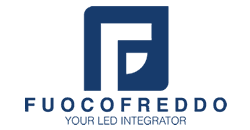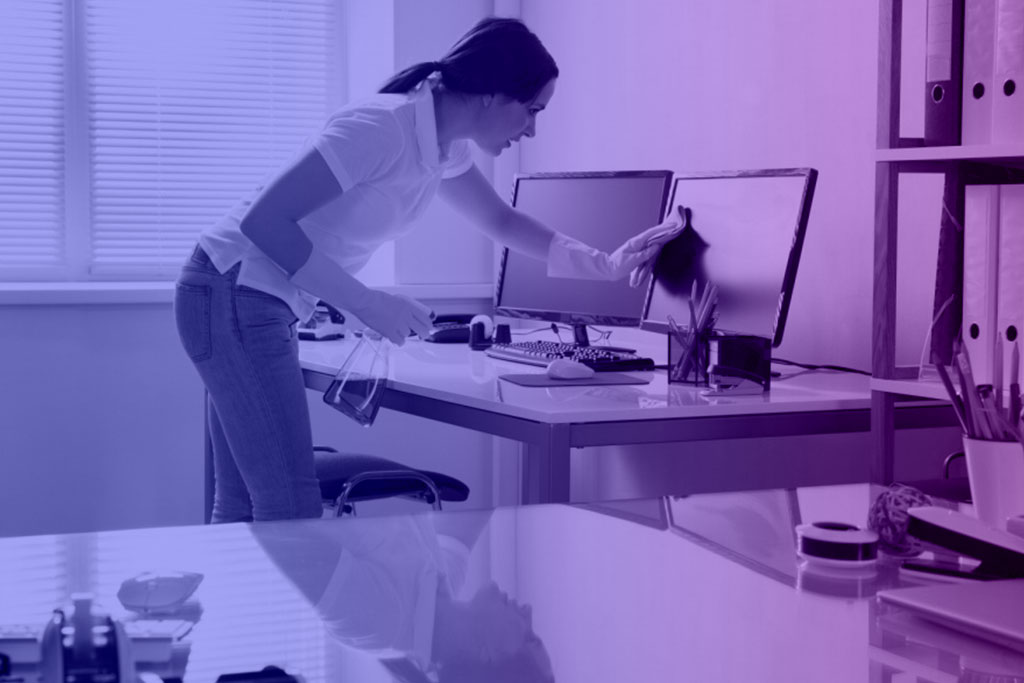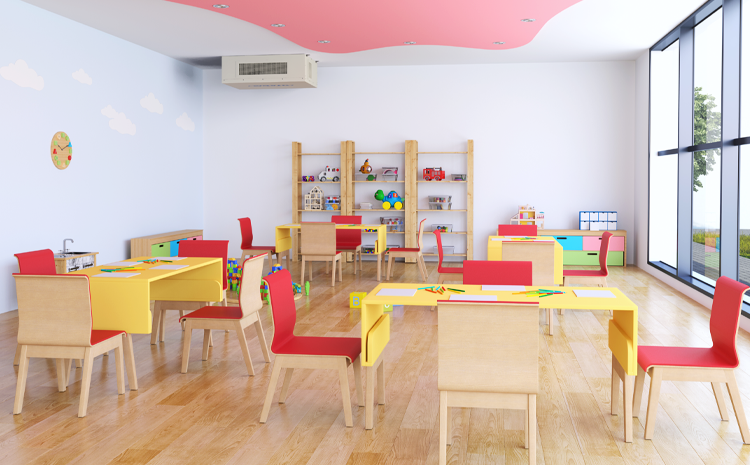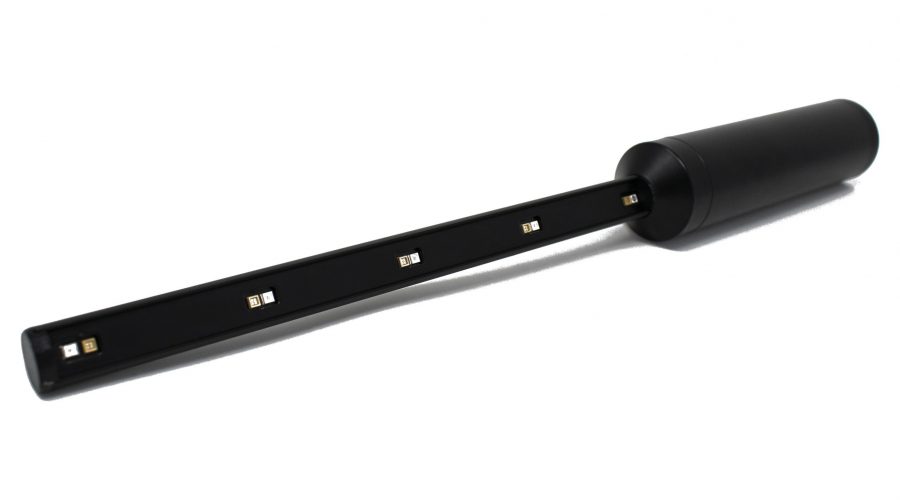At this time of health alarm, having the right weapons at your disposal to prevent the problems caused by the lack of proper sanitation is an act of responsibility towards the entire community.
Disinfection is the next step after cleaning and has the goal of minimizing the load of microorganisms: spores, viruses and all vegetative vital forms.
The application of the UVGI system for sterilization has been known since the mid-twentieth century. It was initially used in medicine to sterilize instruments, while in recent years the UVGI system has found new applications in air sanitation, water purification treatment, food treatment.
Type C ultraviolet rays, emitted by LEDs with a wavelength of about 275 nm, lead to the breakdown of the DNA and RNA bonds of viruses, bacteria and spores. The new coronavirus is a kind of positive-sense single-stranded RNV virus, like the SARS virus and MERS. Research on SARS has found that this type of virus is sensitive to heat radiation and UVC light and can be reduced when exposure to UVC radiation is stronger than 90 μW / cm2.
The sanitizing capacity depends on the wattage of the lamp: the higher the power, the greater the range of action and the shorter time needed to sterilize a closed environment of the same surface and / or volume.
This type of sanitation gives certain results in terms of reducing the microbial load, without producing waste difficult to dispose of and polluting. Enjoying a comfortable, sanitized working environment corresponds to having a higher quality of life, in fact fewer diseases circulate in clean environments, reducing business costs and quickly amortizing the initial expense.
For some sectors it is therefore essential to define a sanitation system that follows strict protocols.





